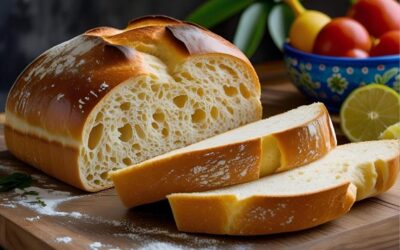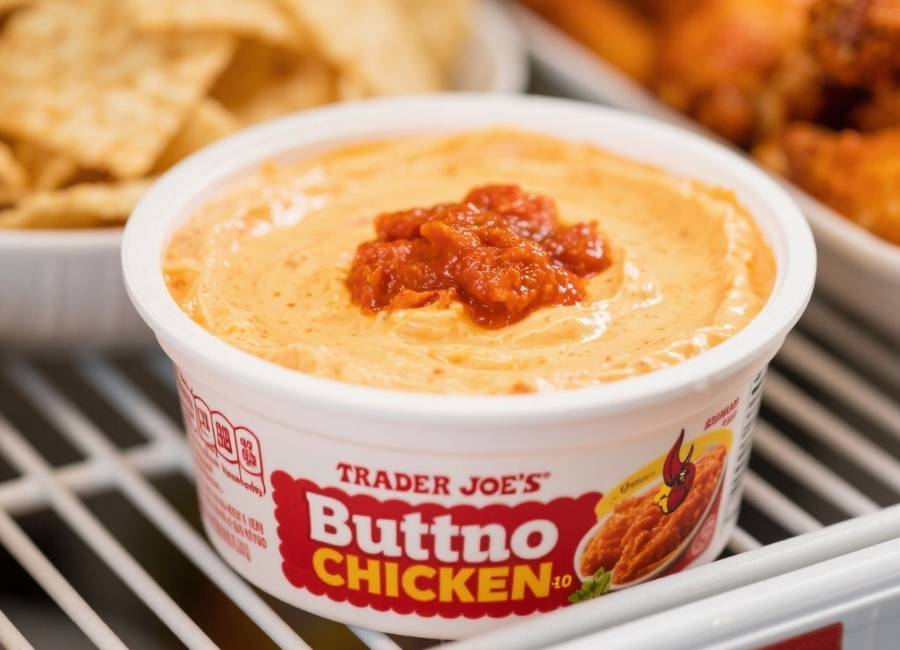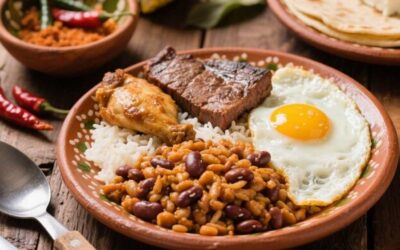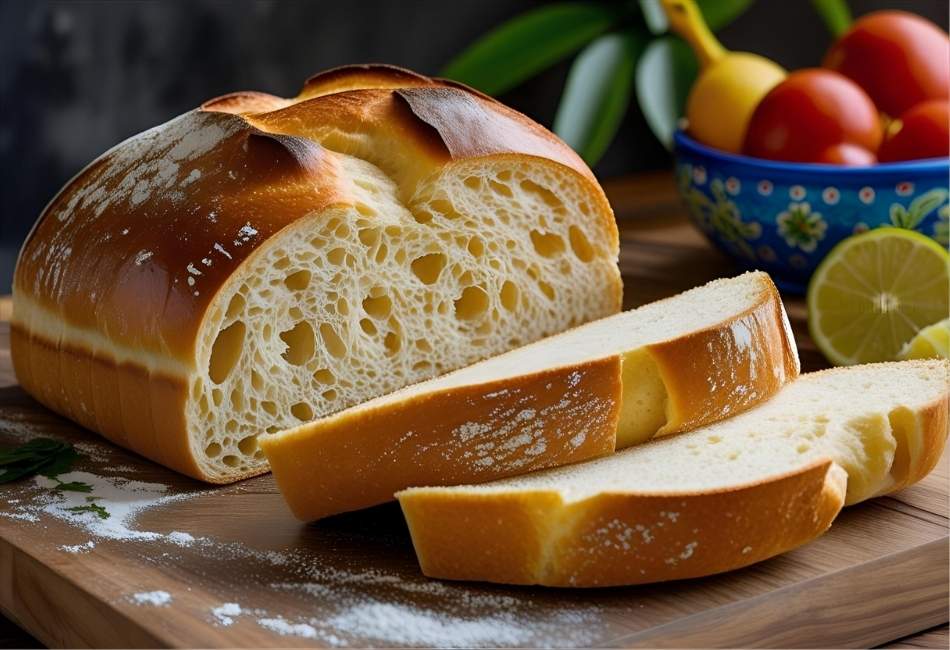Pan sobao holds a special place in Puerto Rican cuisine as one of the island’s most cherished comfort foods. This soft, slightly sweet bread has been gracing tables across Puerto Rico for generations, offering a perfect balance of tender texture and subtle sweetness that makes it irresistible at any time of day.
Unlike regular sandwich bread, pan sobao gets its distinctive character from a unique combination of ingredients and preparation methods. The bread’s name translates to “kneaded bread,” reflecting the traditional hand-kneading process that gives it its signature soft, pillowy texture. What sets this bread apart is its enriched dough, which typically includes eggs, butter, and a touch of sugar, creating a brioche-like quality that’s both satisfying and versatile.
What Makes Pan Sobao Special

The magic of pan sobao lies in its versatility and comfort factor. This bread strikes the perfect balance between sweet and savory, making it suitable for breakfast, lunch, dinner, or snacking. Its soft crumb and slightly sweet flavor profile make it an ideal canvas for both sweet and savory toppings.
The traditional recipe calls for simple ingredients: flour, yeast, eggs, butter, sugar, salt, and milk. However, the technique matters significantly. The dough requires proper kneading to develop the gluten structure that creates the bread’s characteristic tender yet sturdy texture. Many bakers also incorporate a small amount of potato or potato flour, which helps retain moisture and extends the bread’s freshness.
How to Enjoy Pan Sobao

Puerto Ricans have countless ways to enjoy pan sobao throughout the day. For breakfast, it’s commonly toasted and served with butter, cream cheese, or jam. The bread also makes excellent French toast, absorbing custard beautifully while maintaining its structure.
At lunch or dinner, pan sobao transforms into the foundation for hearty sandwiches. Its soft texture complements everything from traditional Puerto Rican fillings like pernil (roasted pork) and ham to simple combinations like cheese and tomato. The bread’s slight sweetness pairs particularly well with savory meats and sharp cheeses.
Many families also use pan de pate for special occasions, turning it into bread pudding or serving it alongside traditional Puerto Rican dishes during holidays and celebrations.
Making Pan Sobao at Home

Creating authentic pan de sal at home requires patience, but it rewards you with incredibly fresh, warm bread. The process begins with activating the yeast in warm milk, then combining it with beaten eggs, melted butter, sugar, and flour to form a soft dough.
The kneading process is crucial and should continue for about 10 minutes until the dough becomes smooth and elastic. After the first rise, the dough is shaped into loaves and allowed to rise again before baking. The result is golden-brown loaves with a tender crumb that stays fresh for several days.
Some bakers add their touches, such as a brush of egg wash for extra shine or a sprinkle of sesame seeds on top. The key is maintaining the bread’s characteristic softness while achieving a lightly golden crust.
Where Pan Sobao Fits in Puerto Rican Culture

Beyond its delicious taste, pan de papa represents the warmth of Puerto Rican hospitality and family traditions. Many Puerto Rican households have their cherished recipes passed down through generations, with slight variations that make each family’s version unique.
The bread also plays a role in Puerto Rican bakeries and cafeterías, where fresh loaves are baked daily and often sell out quickly. For many Puerto Ricans living away from the island, finding good pan sobao or learning to make it becomes a way to maintain a connection with their cultural roots.
Experience Puerto Rico’s Comfort Food
Pan sobao exemplifies how simple ingredients can create something truly special when prepared with care and tradition. Whether you’re discovering this bread for the first time or looking to recreate childhood memories, pan sobao offers a taste of Puerto Rican comfort that’s hard to resist.
Try making your batch or seek out authentic versions at Puerto Rican bakeries to experience this beloved bread firsthand. Once you taste its soft, slightly sweet perfection, you’ll understand why pan sobao has remained a staple of Puerto Rican cuisine for generations.



















